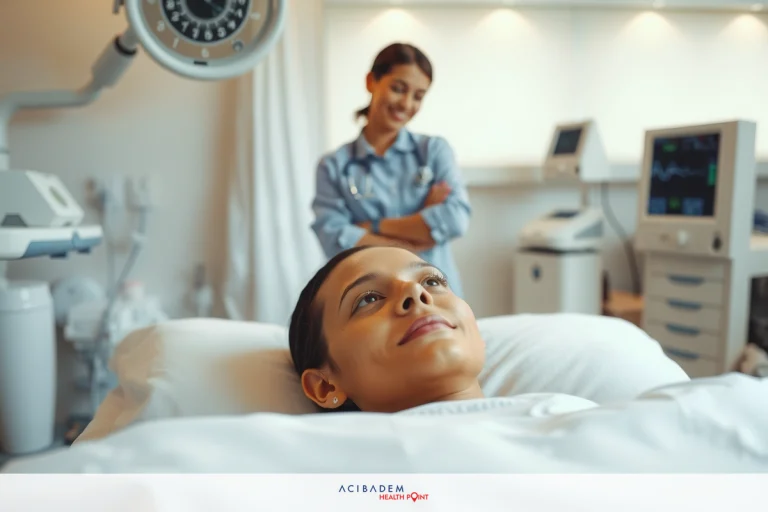Is Rhinoplasty the Most Painful Surgery?
Is Rhinoplasty the Most Painful Surgery? Rhinoplasty, commonly known as a nose job, is one of the most frequently performed cosmetic surgeries. However, many individuals considering this procedure may be concerned about the potential pain involved. It’s important to remember that pain is highly subjective and varies from person to person. Yet, it is equally crucial to understand that advances in medicine and technology have greatly improved the patient’s surgical journey.
When it comes to rhinoplasty, surgeons are committed to ensuring minimal discomfort and a comfortable recovery for their patients. Effective pain management methods have been developed and refined, making the procedure much more manageable than commonly perceived. Moreover, a positive surgical experience goes beyond just the physical aspect; it encompasses emotional well-being, clear communication, and thorough aftercare.
Comfortable Recovery and Minimal Discomfort
The recovery period following rhinoplasty is designed with the patient’s comfort in mind. Surgeons around the world have dedicated time and resources to create protocols that ensure minimal discomfort during this post-operative phase. One of these measures includes the use of long-lasting local anesthetics during surgery, which not only provide immediate pain relief but can also reduce discomfort for several hours after the procedure.
Pain management post-rhinoplasty is a well-studied area of medicine. Clinicians often implement a multimodal approach – combining different types of analgesics to tackle pain more effectively. This strategy reduces reliance on opioids, which are known for their potential side effects. The common medications used include Non-Steroidal Anti-Inflammatory Drugs (NSAIDs) and acetaminophen, which are effective at controlling moderate surgical pain.
In addition to medication, non-pharmacological interventions play a significant role in ensuring a comfortable recovery. These may include ice packs to reduce swelling and bruising, elevation of the head to minimize edema, and restful sleep to promote healing. It’s also recommended that patients avoid strenuous activities and follow a healthy diet to accelerate recovery. Patient education about realistic expectations and potential discomfort can alleviate anxiety, further contributing to a comfortable recovery experience.

Positive Surgical Experience
A positive surgical experience during rhinoplasty is not only about ensuring a pain-free procedure but also about creating a supportive and reassuring environment for the patient. Clear communication between the surgeon and patient forms the backbone of this process. It helps address any fears or doubts, and it ensures that the patient fully understands the procedure, its risks, potential discomforts, and expected outcomes.
The surgical team’s expertise and professionalism significantly contribute to a positive surgical experience. Well-trained and experienced surgeons use refined techniques that cause minimal tissue trauma, leading to less postoperative pain and quicker recovery times. Additionally, the operating room staff’s competence and care can greatly enhance the patient’s comfort and confidence during the procedure.
Advancements in surgical equipment have also played a significant role in improving the patient experience. High-definition cameras and precision instruments enable surgeons to perform the procedure with greater accuracy, reducing unnecessary tissue damage. Furthermore, anesthetic techniques have evolved to provide effective pain control during surgery without causing unpleasant side effects. These advancements are all part of a broader medical commitment to making surgeries like rhinoplasty as pain-free as possible while delivering excellent results. Is Rhinoplasty the Most Painful Surgery?
Is Rhinoplasty the Most Painful Surgery?: Frequently Asked Questions
Is rhinoplasty a painful procedure?
Pain perception varies from person to person, but advancements in pain management techniques have significantly reduced discomfort during and after rhinoplasty. Surgeons use local anesthetics during the procedure and prescribe pain medications to control any postoperative pain.
How long does the recovery period after rhinoplasty typically last?
The recovery period can vary depending on the individual, but most patients experience swelling and bruising for about 1-2 weeks. Most of the initial discomfort subsides within the first few days, and patients can gradually resume their normal activities within a few weeks.
Will there be visible scarring after rhinoplasty?
In most cases, the incisions for rhinoplasty are made inside the nose or in inconspicuous locations, such as the base of the nostrils. This minimizes visible scarring. However, it's important to follow proper wound care instructions provided by your surgeon to ensure optimal healing.
When can I expect to see the final results of my rhinoplasty?
While some improvements will be immediately noticeable after the surgery, it takes time for the swelling to fully subside and the tissues to heal completely. Final results can typically be seen within 6-12 months after rhinoplasty.
What are the potential risks associated with rhinoplasty?
As with any surgical procedure, there are risks involved with rhinoplasty. These may include infection, bleeding, adverse reactions to anesthesia, asymmetry, breathing difficulties, or dissatisfaction with the aesthetic outcome. It's important to discuss these risks with your surgeon and follow their pre- and post-operative instructions diligently to minimize these potential complications.











